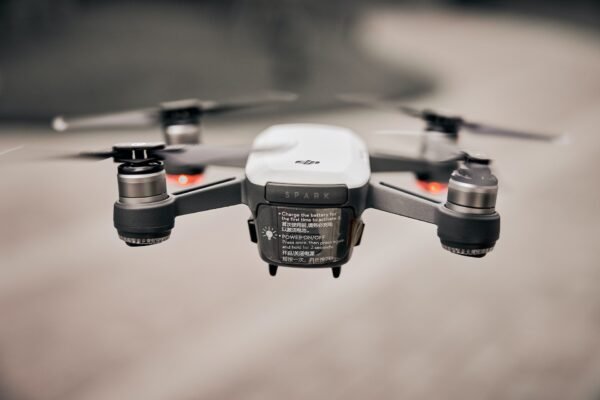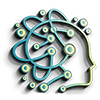
Drones, also known as unmanned aerial vehicles (UAVs), have become a ubiquitous and transformative technology in recent years. Their versatility and wide-ranging applications have led to significant advancements and innovations in various fields, including commercial, military, recreational, and humanitarian sectors. From their initial use in military reconnaissance to their current application in photography, delivery services, and disaster management.
The technology behind drones has evolved significantly, allowing for the development of sophisticated, feature-rich, and highly capable aerial vehicles. Modern drones incorporate advanced components such as gyroscopes, GPS, powerful processors, high-resolution cameras, sensors, and even artificial intelligence.
The commercialization of drones has revolutionized sectors such as agriculture, infrastructure inspection, filmmaking, and logistics. In agriculture, drones equipped with specialized cameras and sensors can monitor crop health, optimize irrigation, and assess field conditions. This data-driven approach enables farmers to make informed decisions, increase crop yield, and reduce resource wastage. In infrastructure inspection, drones can efficiently survey bridges, buildings, and pipelines, providing detailed visual data and facilitating timely maintenance and repairs.
In the realm of filmmaking and photography, drones have enabled the capture of breathtaking aerial footage that was once prohibitively expensive and challenging to obtain. Their ability to maneuver through challenging landscapes and capture high-quality images has transformed the way filmmakers and photographers approach their craft.
Furthermore, the logistics industry has embraced drone technology to enhance delivery services. Companies such as Amazon and DHL are experimenting with drone delivery systems to expedite the transportation of goods, particularly in areas with challenging terrains or limited infrastructure. By leveraging drones, these companies aim to reduce delivery times and costs while expanding their reach to remote or inaccessible locations.
In the realm of public safety and disaster management, drones have proven to be invaluable tools. They can be deployed for search and rescue operations, disaster assessment, and surveillance in hazardous environments, providing real-time information to aid in decision-making and potentially saving lives.
Despite the numerous advantages and potential applications, the widespread use of drones has raised concerns about privacy, security, and regulatory challenges. Authorities worldwide are grappling with the need to strike a balance between enabling the beneficial use of drones and addressing potential risks associated with their misuse, such as unauthorized surveillance, airspace violations, and safety hazards.
Looking ahead, the continued advancements in drone technology are expected to bring further innovation and integration into various industries, contributing to increased efficiency, safety, and convenience in a multitude of applications. As research and development efforts continue, the evolution of drones is likely to shape the future of transportation, connectivity, and data acquisition, opening up new possibilities for both businesses and consumers alike.
